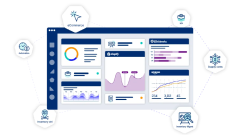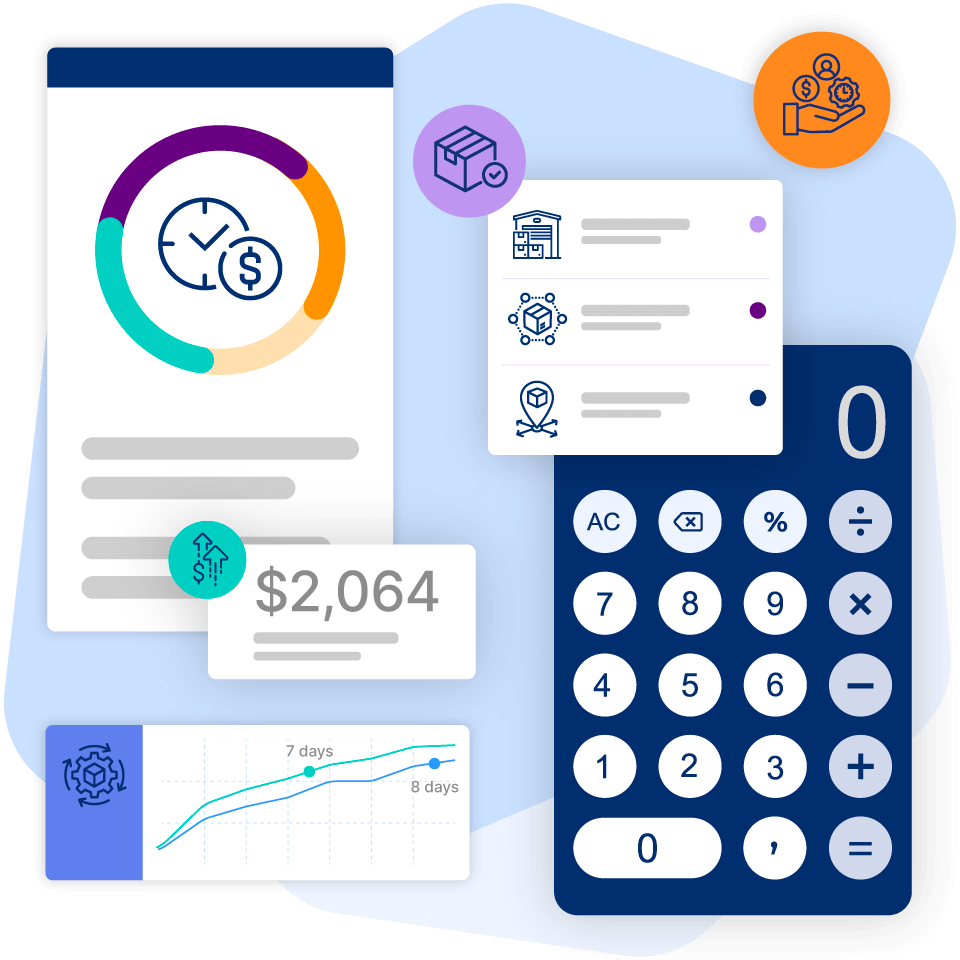What is Backflush? Process, Definition, and Benefits
Backflush is an accounting approach, used in a Just-In-Time (JIT) environment, in which costing is delayed until goods are finished. Costs are then ‘flushed’ back at the end of the production process and assigned to the goods. This approach helps in eliminating all work-in-process accounts and manual assignments of costs to products during the various production stages.
Backflush accounting is entirely automated, with a computer handling all transactions. Backflush costing may not always conform to generally accepted accounting principles (GAAP) and also lacks consideration of sequential audit trail.
Backflushing is not suitable for long production processes, neither for the production of customized products.
The Process
- Whenever a production order is made, only the basic information is entered which usually includes the requested quantity, the item number, and the date of delivery. This list of information is then used to create a 'parts-list' or a 'pick list' (also called a material list) as well as the routing for that specific order.
- Whenever it is time to begin the production process, there are several methods that are used to gather the required materials. One of the many methods is to used the parts-list to pick the materials from their destination and transfer them to the production area. Once this is done, the routing of all the components in the specific production order is then done by software.
- You (the user) will have the complete authority over the components that are present in the production line, which material to push in, in what quantity, etc. Now, backflushing is essentially the post-production process. While backflushing, you are not issuing the components until the final production is reported.
- Once the operation is completed, the operator will enter all the information about the production in the production reporting software. This software will then bring up a summing report after using the sum of the good quantity and the scrap quantity to recalculate what quantity of components will be further required to keep the production working.
Through this, the operator will then issue all the materials in a single transaction exactly the way they want it in their production line.
Blind backflush is also an option wherein the operator is not aware of the reports that the production reporting software creates.
Benefits of Backflush
Some of the benefits of backflush involve simplified post-production issuing, making it easier comparatively to check on the materials that are been used, simplifies the risk of materials being placed in the inventory which is on-hand for longer production runs. This also makes tracking the inventory much easier and prevents from instances of reverse issuing of materials when using bulk materials that are in stock.




